Hub Power Company Limited’s (HUBC) FY25 Results: Profits Down, Dividends Still Flowing
Hub Power Company Limited (HUBC), one of Pakistan’s biggest independent power producers, has shared its financial results for FY25. The year wasn’t easy, but HUBC still managed to reward its investors with dividends. Here’s a breakdown in simple terms.
Profit snapshot
- HUBC reported a profit of Rs46bn for the full year, compared to Rs72bn last year, a 36% drop YoY.
- For the last quarter (April–June 2025), profit came in at Rs11.8bn, down 43% compared to the same period last year.
So yes, profits fell, but the reasons are important to understand.
📢 Announcement: We're on WhatsApp – Join Us There!
What happened?
- End of Old Contracts
HUBC’s base power plant contract ended in October 2024. This meant lower revenues going forward since those earnings are no longer coming in. - Lower Margins
Gross profit margins dropped to 45% vs 53% last year. Simply put, HUBC made less money for every unit of power it sold. - Share of Profit Fell
Last year’s profits were boosted by one-off gains (like revaluations of assets). Without that boost this year, the numbers look smaller. - Finance Costs Dropped (Good News!)
On the positive side, HUBC’s finance costs fell by 54% YoY thanks to lower interest rates and repayment of loans.
Dividends
Despite weaker profits, HUBC stayed investor-friendly:
- Announced a final dividend of Rs 10/share.
- This takes the total payout for FY25 to Rs15/share (down from Rs20 last year, but still solid).
What does this mean for investors?
- HUBC is facing lower earnings due to contract expiries, but it still generates strong cash flows.
- Dividends show the company is committed to sharing returns with shareholders, even in a tough year.
- The big question ahead: how HUBC plans to grow beyond its older plants and adjust to changing energy demand.
Source: AKD Securities
⚠️ This post reflects the author’s personal opinion and is for informational purposes only. It does not constitute financial advice. Investing involves risk and should be done independently. Read full disclaimer →

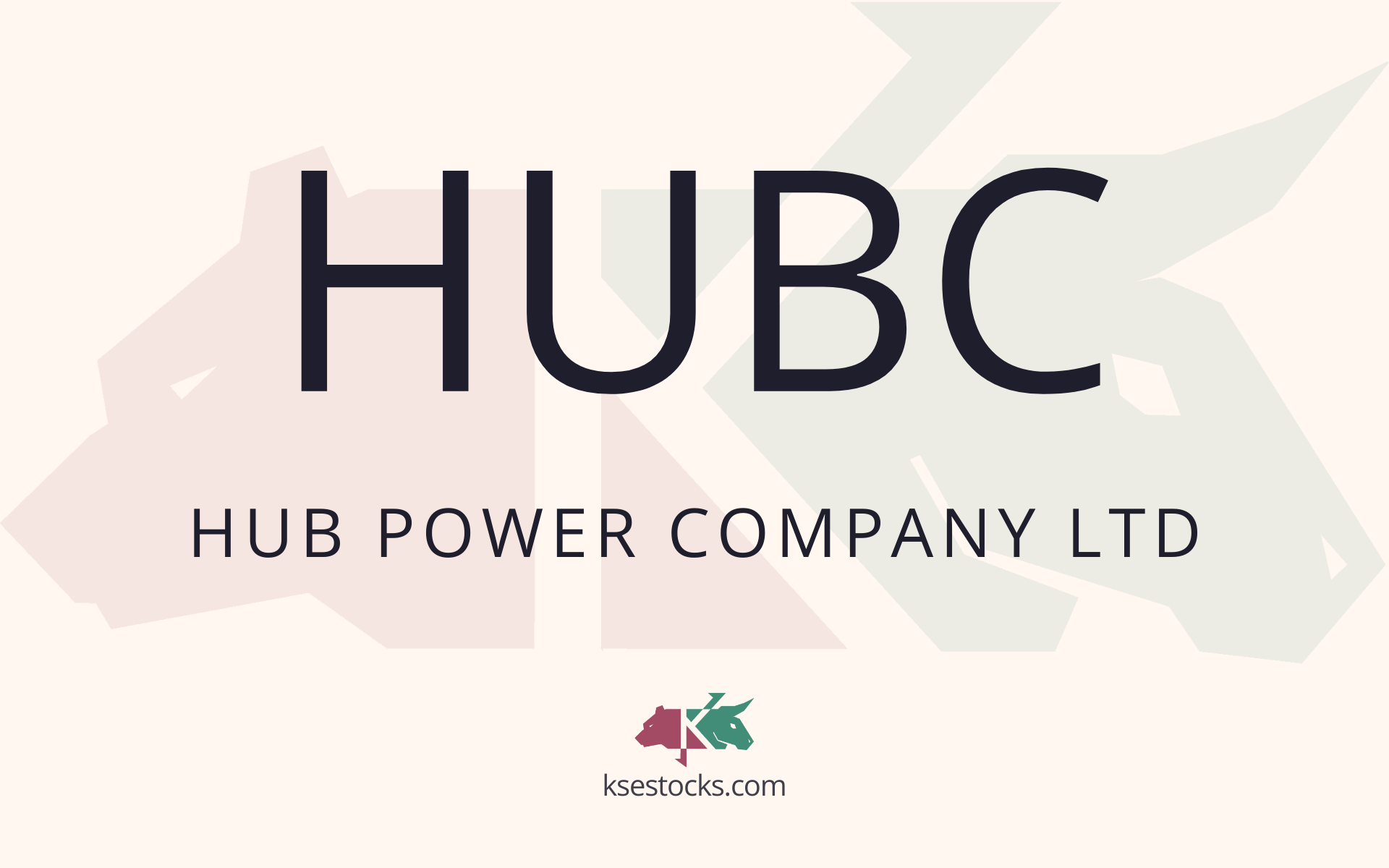

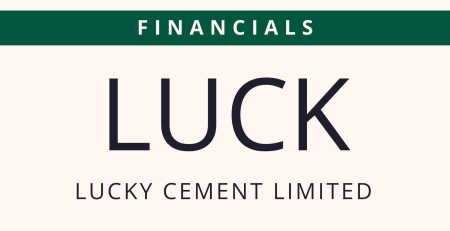
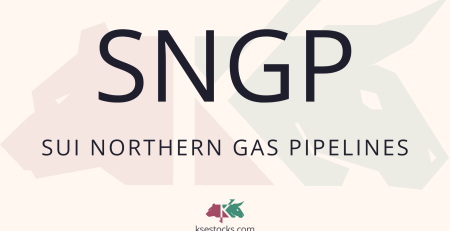
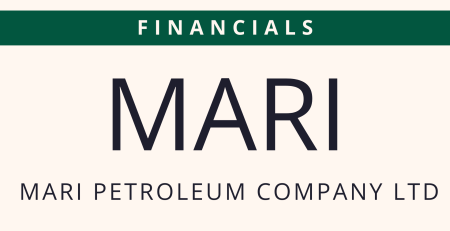
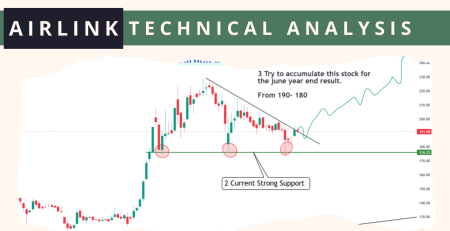
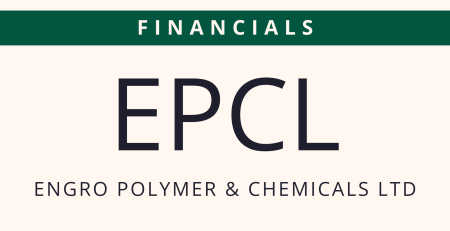
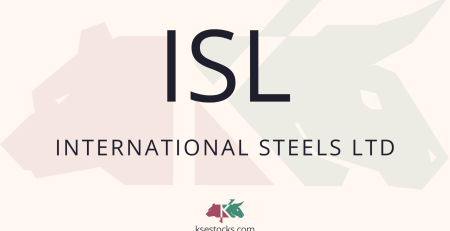
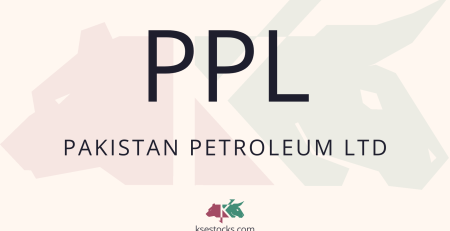
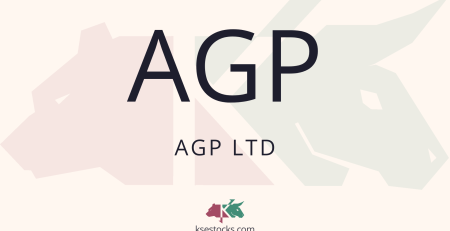

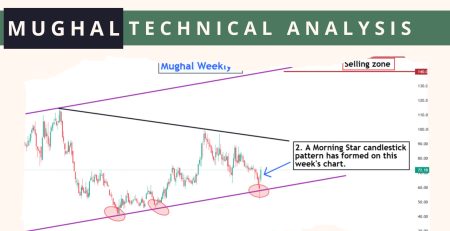
Leave a Reply